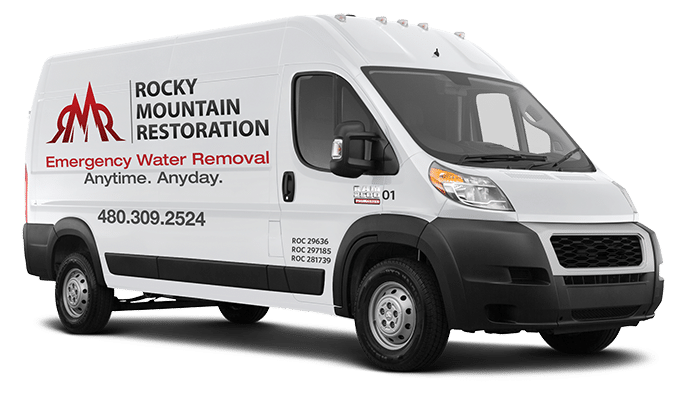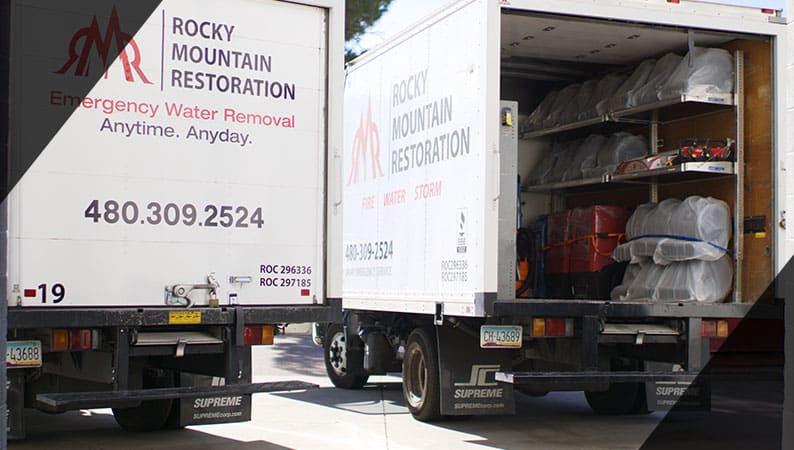There are certain steps to take after your home is damaged by flooding. The most obvious ones are to remove the stagnant water and then to discard any damaged items. Learn about other steps that are typically forgotten or undervalued but still helpful in restoring a flooded home.
Steam Cleaning
Some floors have piles of dirt and debris that were brought in with the floodwaters. You cannot run a vacuum over the wet carpets; however, you cannot remove the debris with a basic water extraction tool. You need a steam cleaner that uses hot steam to remove all traces of floor pollution.
Drying
The work doesn’t end when you remove the standing water and flood-damaged contents. Next, you have to dry the interior using fans and dehumidifiers. This step is necessary to remove all traces of moisture from the home. This dampness causes mold and mildew to build up on the walls, floors and ceiling. Use the dehumidifier to remove excessive humidity from the air, which also causes mold.
Air Purification
Like a dehumidifier reduces humidity levels, an air purifier reduces the levels of air pollution caused by bacteria, viruses and fungi. These microorganisms caused infections, through breathing or touching, that cause respiratory illnesses.
An air purifier also helps to improve a mold problem. The purifier doesn’t remove mold, but it does remove the mold spores that linger in the air. Just opening the windows is not open to remove unclean air, so it’s important to add an indoor purification system.
Many people are prepared for flood catastrophes. They have flood insurance policies in place to cover a damaged home, its contents and temporary living expenses. However, you will soon realize that having flood insurance is not enough. You need a flood damage restoration company to help restore your home to its original state.













